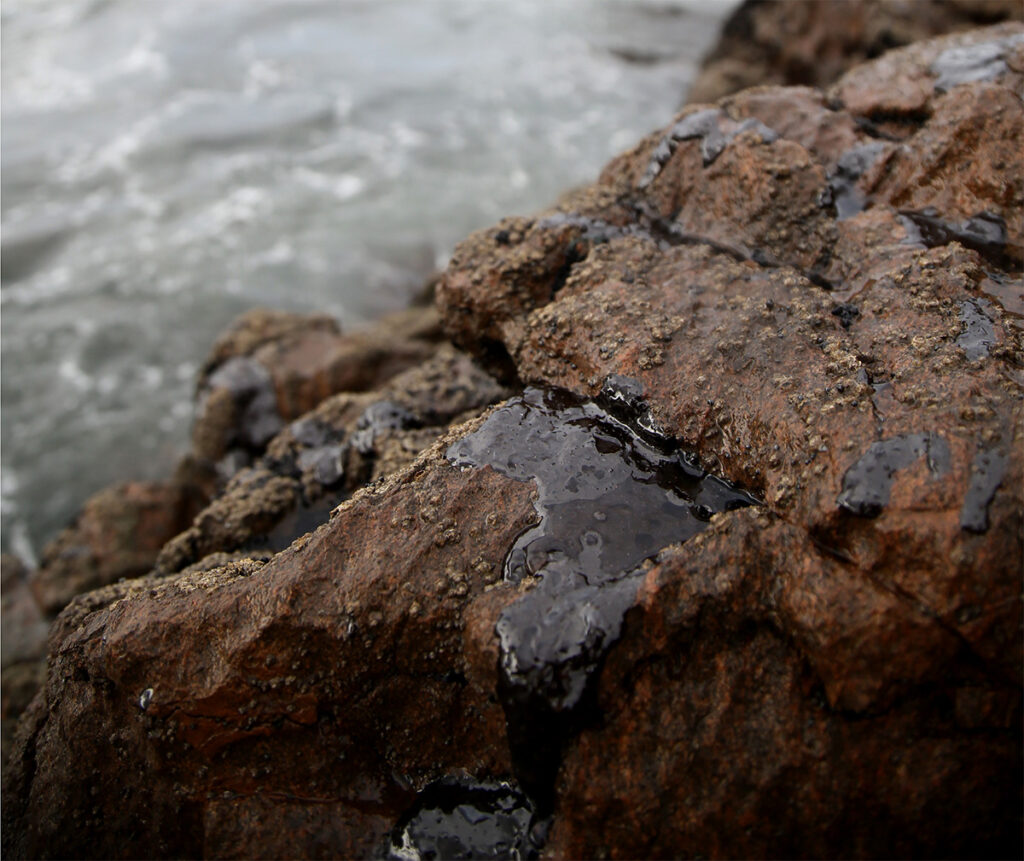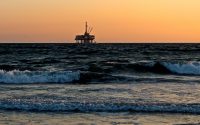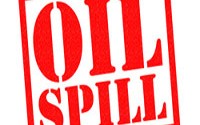16 Oct 2024
Oil Spill Statistics 2024 to 2014
1. Overview
- Oil tanker spills have been a problem for years, polluting the ocean, damaging the environment and the economy.
- Knowing the trends in oil spill statistics will help us see what’s working and what’s not in prevention and response.
- This article will look at the data from 2014 to 2024, trends, notable incidents and impact on the ocean and the communities affected.

2. Global Trends in Oil Tanker Spills (2014-2024)
- Fewer Big Spills: According to the International Tanker Owners Pollution Federation (ITOPF) there has been a decline in the number of big spills (>700 tonnes). For example in 2014 there were 5 big spills globally, in 2020 just 1 and in 2023 2.
- COVID-19 Pandemic: The reduction in global shipping during the COVID-19 pandemic in 2020-2021 meant there were fewer opportunities for incidents to happen, so fewer spills were reported.
- More Smaller Spills: Although big spills declined, smaller spill incidents (7-700 tonnes) remained steady. For example in 2019 ITOPF reported 49 small spills, this is the persistent problem of operational spills during loading or unloading.
- More Safety Protocols: The implementation of stricter safety protocols such as the International Maritime Organization’s (IMO) Enhanced Survey Program helped reduce incidents caused by structural failures in older vessels.
3. Regional Breakdown of Oil Tanker Spills
- North America: The Gulf of Mexico has been a spill hot spot, the 2015 spill near Galveston, Texas where a collision between two vessels released around 168,000 gallons of heavy fuel oil. This incident showed the risks in busy shipping lanes.
- Asia: In 2018 a big spill occurred in the East China Sea when the oil tanker Sanchi collided with a cargo ship, releasing over 100,000 tonnes of condensate. The spill burned for days and was an environmental disaster.
- Europe: The Mediterranean Sea is a major shipping route and saw significant spills. In 2020 an oil spill near the Greek island of Salamina was caused by a tanker accident and damaged local marine life.
- Arctic Region: The opening of new shipping routes due to melting ice led to incidents like the 2021 spill in the Kara Sea where a smaller tanker carrying diesel ran aground. This showed the challenges of spill response in cold and remote areas.
4. Notable Oil Spill Incidents (2014-2024)
- Gulf of Mexico Incident (2015): A collision between the oil tanker Miss Susan and a bulk carrier released around 168,000 gallons. This led to discussions on the need for better vessel traffic management in busy shipping lanes.
- East China Sea – Sanchi Disaster (2018): The collision between the Iranian oil tanker Sanchi and the Hong Kong-flagged CF Crystal caused the tanker to explode and sink. The spill released over 100,000 tonnes of light condensate oil, very little was recovered due to the fire. It was one of the biggest spills of the decade in terms of environmental impact.
- Mauritius Wakashio Spill (2020): The grounding of the MV Wakashio off the coast of Mauritius released over 1,000 tonnes of fuel oil, damaged coral reefs and marine life in a UNESCO protected area. This showed the risks of vessels passing near ecologically sensitive areas.
- Black Sea Spill (2023): A spill in the Black Sea involved the Zhen Hua 33 tanker which released around 5,000 tonnes of oil due to a leak in its pipeline system during loading operations. The spill polluted the coast of Turkey and Bulgaria.
5. Amount of Oil Spilled (2014-2024)
- Annual Spill Volumes: Data shows variations in spill volumes, major peaks during big incidents. For example the Sanchi disaster in 2018 released over 100,000 tonnes. In 2020 there were fewer big spills, around 5,000 tonnes, due to reduced maritime activity during the pandemic.
- Spill Sizes: Small spills (operational errors) ranged from 7 to 50 tonnes but the cumulative impact is notable. In 2021 ITOPF reported around 45 small spills, totalling around 1,000 tonnes.
- Graph: A graph would show these volumes, peaks in 2018 and 2023, how a few big spills can impact annual numbers, and small frequent spills the baseline pollution.
6. Regulations and Prevention Measures
- MARPOL Annex I: The IMO’s MARPOL Annex I regulations which require double hull design for oil tankers have reduced the risk of spills from hull breaches. For example the percentage of double hulled tankers increased from 80% in 2014 to 95% in 2024 and that reduced the number of spills.
- Better Surveillance: The EU’s CleanSeaNet programme which uses satellite imagery to monitor oil spills reduced the number of undetected spills in European waters. This technology detected over 200 illegal discharges in 2022 and fined the polluters.
- Case Study – US Oil Pollution Act (OPA) Compliance: OPA has been enforced more strictly since 2016 and has resulted in bigger penalties for spills in US waters. This regulation helped to prevent the 2015 Texas spill as it imposed heavy fines on the responsible parties and encouraged better practices.
7. Environmental and Economic Impact of Oil Tanker Spills
- Ecological Damage: The Sanchi spill in 2018 damaged marine life due to the toxicity of condensate oil. Studies in 2020 found fish populations in the area had reduced significantly, affecting local fishing economies.
- Economic Cost: The 2020 MV Wakashio spill in Mauritius had a clean up cost of $40 million and long term damage to the tourism industry. Fisheries lost due to contamination of fishing grounds.
- Recovery: After the 2019 spill off the coast of Rio de Janeiro, Brazil the government launched restoration projects focused on mangrove reforestation and support for local fishermen. These efforts are helping to recover the ecosystem but full recovery will take over 10 years.
8. Oil Spill Response Technology
- Drones and Satellite Imaging: Drones for aerial surveillance during spills, like the 2021 Arctic spill, allows for faster assessment of the spill. Satellite imaging from the European Space Agency was key in monitoring the Sanchi spill.
- Oil Skimmers: New oil skimmers with higher efficiency were used in 2019 in the Gulf of Mexico and recovered over 70% of the oil in 3 weeks.
- Bioremediation: Bioremediation using bacteria to break down oil was used in 2022 off the coast of India. This reduced clean-up time and ecological damage in mangrove areas.
9. Reporting and Data Accuracy
- Underreporting: Small spills are often not reported especially in areas with limited monitoring resources like parts of Africa and Southeast Asia. For example spills of less than 1 tonne in the Niger Delta region are not documented.
- Inconsistent Reporting: Different reporting standards between countries makes it hard to get a true picture of global spills. A 2023 IMO study found 20% discrepancy in spill reports between countries with strict reporting and those with loose regulations.
- Transparency: Initiatives like the Global Integrated Shipping Information System (GISIS) aims to standardize reporting and improve data accuracy. In 2022 GISIS data revealed a previously unreported spill of 2,000 tonnes off the coast of Indonesia.
10. Future (2025 and beyond)
- Emerging Risks: The opening of Arctic shipping routes is a new risk, the 2021 Kara Sea spill showed the challenges of response in ice covered waters.
- Zero Spill Shipping: Some shipping companies are investing in zero emission and spill proof vessel technologies, pilot projects expected by 2026.
- Regulatory Developments: The IMO’s new regulations on cleaner fuels to be implemented in 2025 will further reduce oil tanker spills and potentially shift focus to spills from new fuels like biofuels.
2014-2024 saw a decline in major oil spills mainly due to technology and regulations. But there are still challenges and with high fines on top of the operator’s clean-up cost, operators must do their due diligence.


